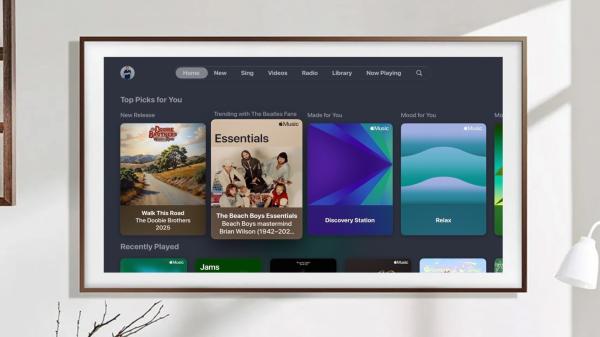In the rapid era that we live in, it was only a matter of time, until technology found its way in all fields of education. Students of all ages are using gadgets throughout their everyday life, creating a great opportunity for teachers and educators to integrate technology in both the classroom and individual assignments. If 10 or 20 years ago teachers perceived the internet as some sort of enemy to education, it has proven to be more than helpful in the education process. Now, almost every class is equipped with a computer, a video projector and sometimes even a smart board and libraries are filled with computers, to ensure all students have a way to access the information they need. But the involvement of technology in the education field is not stopping there:
In the Classroom
Integrating technology in the classroom makes students more engaged and interested in the subjects they are learning, encouraging them to actively participate in the learning process. For example, using gamification to set the information learned not only will make the classes more fun and entertaining, but will also improve the students' knowledge retention. It has already been proved that the best way to learn new information is by putting it at use, so developing different sorts of games and activities will benefit both students and teachers. By having an online course base that students can access at any time, teachers can encourage individual learning and students can review difficult information.

Using technology in the classroom can not only improve the students' learning capacity, but an also help them develop new skills that will benefit them in everyday life and future jobs. Learning to recognize reliable sources of information, writing correct emails, making presentations and collaborating with other people are all skills requested in any career they might pursue. Various apps have been developed to help students learn grammar, math, foreign languages, history and all sorts of subjects in a fun and interactive way and teachers have already anticipated the advantages of using such platforms.
Teachers have long exceeded the educator boundaries and are now expected to act more like couches for students, by supervising their learning process and making the classes more relevant to the era we live in. They can also benefit from using technology, as they can build up their curriculum by using current events in their lessons, keeping in touch with both students and parents through emails and online platforms and using various technologies to grade papers or design quizzes that students can solve both in class and at home. Online pools and other entertaining tools help teachers engage even the most shy students that would have difficulties giving their opinions otherwise. By using online platforms, teachers can also keep track of the students' attendance more easy. Simply asking students to answer a question at the beginning of the class can give them information about who is attending or not.
Individual Learning
This is probably the area where technology has helped education the most. Students have the ability to take advanced courses online for subjects they are interested in or prepare for admissions into various institutions. Having access to information online makes preparing for a test much easier, as the students can access quizzes and courses with just a few clicks.
Students can register to courses all over the world, making their experience not only more personalized, but also multicultural. They have the ability to learn at their own pace, review information that is unclear, take tests to evaluate their knowledge and even help other students. Not having time restrictions to finish a certain course allows students to focus on the subject at their own pace and by using methods that suit them best.
By using online video tutorials, students can have a better understanding of how the information they are learning is applied in real life. For example, instead of just reading how chemical substances are interacting with each other, they can watch a video of a chemist doing a demonstration. This way, young children can understand the process without exposing themselves to any kind of danger.
Online courses are also often less expensive than private one-on-one tutoring, making them more accessible to students in less developed communities. In these areas, schools often lack qualified personnel that can satisfy the needs of students, or have limited access to textbooks and other resources. Online courses are accessible to anybody, offering a better option for students to assimilate information they would otherwise have no contact with.
Useful Technology
Besides the classic tools students and teachers use for everyday teaching and learning, there have been numerous other gadgets designed to ease the life of both parties.

E-books have almost entirely replaced paper books. They are easy to buy and access anywhere, from computers to tablets and phones and recent technology even has options to make notes and highlight important information directly on the page. Digital textbooks cost significantly less than printed textbooks, making them accessible for more students that struggle with their financial situations. Not to mention simply typing some keywords in the search bar to find the necessary information is way easier than flipping through hundreds of paper pages.
Audiobooks are another alternative to traditional books. They are especially helpful for students on a tight schedule. On the way from one class to another, whey they are walking around campus or even on the way to and from school, students can simply pun on their headphones and listen to the books they need to read for future assignments.
On the other side of the classroom, virtual teachers' assistants are automating the work of educators more and more. They can be used to grade quizzes and schedule meetings, allowing teachers to focus more on other activities that require interpretation, such as essays and term papers.
Artificial intelligence could be included even more in the education system, with platforms that can evaluate the entire activity of students and, based on the findings, help them make choices regarding their major subjects and even universities they should attend.

















